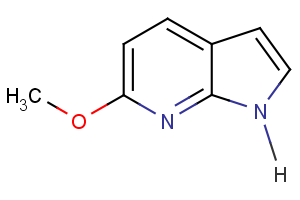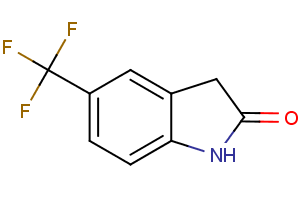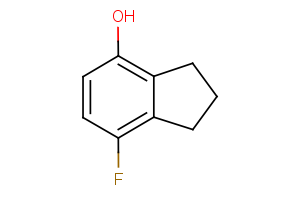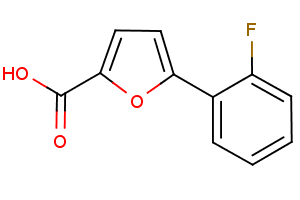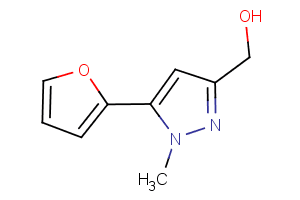The challenge
The development of PROTAC drug candidates intended for an oral route of delivery presents a significant challenge. The heterobifunctional architecture of PROTACs results in inflated physicochemical properties beyond Lipinski’s rule of five which can have a negative impact on absorption, metabolic stability, and ultimately oral bioavailability.
The solution?
It is possible to achieve sufficient oral bioavailability through physicochemical optimization. AstraZeneca1 have designed and evaluated a low hydrogen bond donor count (≤1 HBD) fragment screening set to aid hit generation of PROTACs intended for an oral route of delivery. They demonstrate that application of this library can enhance fragment screens against PROTAC proteins of interest and ubiquitin ligases, yielding fragment hits containing ≤1 HBD suitable for optimizing toward orally bioavailable PROTACs.
The BIONET PROTAC Fragment Library
Key Organics have curated a subset of its Premium Fragment Library to assist hit creation of PROTACs. The library consists of 658 fragments with HBD ≤ 1. This Low HBD set retains attractive physicochemical properties expected of a fragment library and has high diversity.
Key Features & Benefits:
- Measured solubility in PBS buffer by 1H NMR
- Fragments soluble in DMSO at 100mM
- SPR Clean Screen performed at 1mM in PBS-P+ Buffer
- Purity ≥ 95%
- Excludes fragments likely to form aggregates
Customers are supplied with the following data package for each fragment purchased:
- Aqueous buffer 1H NMR raw data file
- Structures and Physiochemical properties in an sd file
- SPR Clean Screen results
The parameters used in the design of the library are:
- Heavy atoms ≤ 16
- clogP ≤3
- Hydrogen bond donors ≤1
- Hydrogen bond acceptors ≤3
- tPSA ≤ 60
- Rotatable bonds ≤ 3
The library excludes substructures identified as promiscuous or reactive by the following empirically determined rejection rules:
- Lilly MedChem Rules2
- PAINS3
- BMS4
1H NMR curation for fragment prioritisation and library characterization
1H NMR was employed to select compounds with appropriate solution behaviour amenable to biophysical analysis in physiologically relevant aqueous solution. Each singleton sample consisted of nominal 300 μM compound in buffer (50 mM sodium phosphate pH 7.4, 100 mM NaCl). 1H NMR spectra were acquired on a 600 MHz spectrometer equipped with a helium cryoprobe that significantly increased signal-to-noise. Simple 1D 1H NMR spectra were acquired along with a series of 1D 1H CPMG spectra, which were used to detect compounds showing potential aggregation in aqueous solution. The CMC Assist automation software allowed for automatic readout of the fragment concentration that was experimentally derived from integrating the NMR resonances of each singleton sample and referencing to standardized samples using the ERETIC module (Bruker Spectrospin Inc.)5. The CMC Assist module also allowed for verification of each singleton spectrum to determine if the spectral attributes were consistent with the proposed primary structure of the corresponding fragment. This exercise was also complemented by an automated analysis using Spectral DB software (ACD Inc.).
The Fragment Library excludes fragments likely to form aggregates
The spin−spin relaxation Carr−Purcell−Meiboom−Gill NMR experiment has been employed to detect and remove aggregate species from Key Organics BIONET Premium Fragment library.5
Small molecules can self-assemble in aqueous solution into a wide range of nanoentity types and sizes each having their own unique properties. This has important consequences in the context of drug discovery including issues related to nonspecific binding, off-target effects, and false positives and negatives.
The spin−spin relaxation Carr−Purcell−Meiboom−Gill NMR experiment is sensitive to molecular tumbling rates and can expose larger aggregate species that have slower rotational correlations. The strategy easily distinguishes lone-tumbling molecules versus nanoentities of various sizes. The technique is highly sensitive to chemical exchange between single molecule and aggregate states and can therefore be used as a reporter when direct measurement of aggregates is not possible by NMR.
SPR Clean Screen
Key Organics in collaboration with Cayman Chemical have implemented an SPR Clean screen on the Fragment Library and the results are available for customers. An SPR Clean Screen aids identification of residual binding of fragments to the target molecule and/or the sensor surface. Fragment screening cycles do not normally include regeneration, and residual binding can affect subsequent cycles and mask weak binding of other fragments. An SPR Clean Screen is performed by injecting single concentrations of each fragment over reference and target surfaces.
All the fragments in the clean screen, with exception to those that showed irregular sensorgrams, were run at 1mM and showed the typical square-shaped sensorgram expected. Therefore, in the given experimental conditions, the fragments are soluble in ≥ 1mM in in PBS-P+.
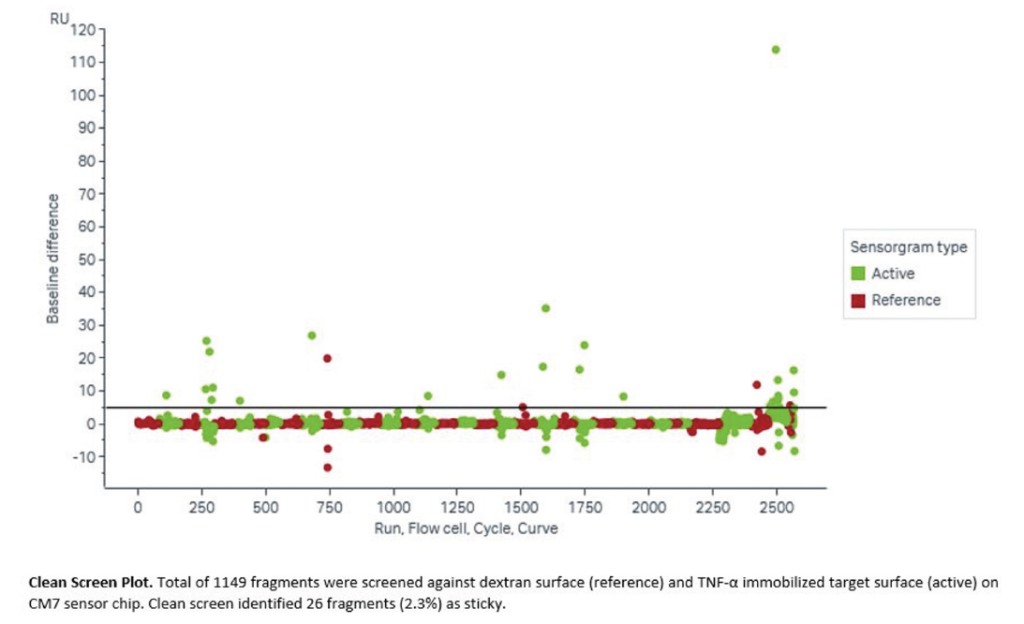
Diversity Statistics:
After experimental curation, the final set was investigated for diversity using closest similarities employing MACCS 166-bit keys.
# clusters at 0.85 Tanimoto similarity (MACCS 166-bit MOE) = 658 = 100%
References
1. Benjamin C. Whitehurst, Matthias R. Bauer, Fredrik Edfeldt, Anders Gunnarsson, Christian Margreitter, Philip B. Rawlins, and R. Ian Storer. J. Med. Chem. 2023, 66, 11, 7594–7604
2. Rules for identifying potentially reactive or promiscuous compounds. Bruns et al, J. Med. Chem, 2012 (53).
3. Baell, J. B.; Holloway, G. A. J. Med. Chem. 2010, 53 (7), 2719–2740.
4. Pearce, B. C.; Sofia, M. J.; Good, A. C.; Drexler, D. M.; Stock, D. A. J. Chem. Inf. Model. 2006, 46 (3), 1060–1068.
5. Akoka, S.; Barantin, L.; Trierweiler, M. Anal. Chem. 1999, 71, 2554-2557.
6. Yann Ayotte, Victoria M. Marando, Louis Vaillancourt, Patricia Bouchard, Gregory Heffron, Paul W. Coote, Sacha T. Larda, and Steven R. LaPlante, J. Med. Chem. 2019, 62, 7885−7896.
The BIONET PROTAC Fragment Library is available custom-weighed in milligram or micromolar quantities, dry or as DMSO solutions. Customers can purchase the entire library or select any number of
compounds as required.
For further information or to discuss your requirements, please contact Andrew Lowerson by email or on +44 (0)1840 212137
Re-supply for follow up research.
We maintain good stock levels of our Fragment Libraries. Indeed, a large proportion of our collection is available in gram quantities; this means we can ensure a very high level of re-supply of originally tested compounds.
If you want to explore SAR by catalogue or some initial Chemistry we can also assist with hit follow up (nearest neighbour/analogue searching) and Hit to Lead Chemistry.
Advantages of purchasing directly from BIONET:
- Ease of purchasing directly through our online shop, by phone, or via e-mail
- Usually dispatched within 1 working day, from stock
- Dedicated customer relations department, real-time response
Fragment integrity & formats:
- Minimum Purity of fragments is >95% by LC-MS and/or 1H NMR. Analytical data for every compound purchased can be provided on request.
- Fragment compounds are available in milligram or micromole amounts in powder form plated to your requirements. Bulk amounts available on request
Database Download
To download all the latest BIONET Fragment databases.
Also to receive our updates please register here.

